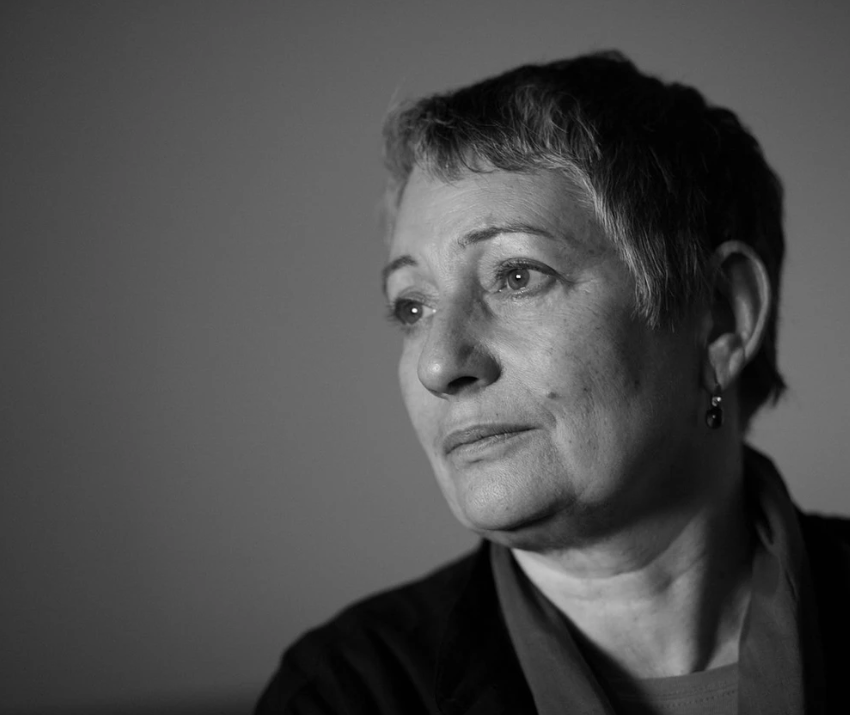
Looking for a new Spanish tv show filled with dramatic teenagers and a series of incredibly unlikely but intriguing events? Elite has you covered.
Netflix released season 1 of Elite in 2018, and although being a Spanish show, it gained popularity around the world. Elite follows 3 scholarship students from a working-class part of town as they begin attending Las Encinas, a rich private high school, for Spain’s most elite. This parallels flashforwards to the main character’s mysterious murder. Throughout the series, viewers are watching the events that led up to the killing along with police interrogations following the murder. This leads a viewer to constantly ponder who was killed, who was the killer, and what was their motive.
Elite has also been recognized for the diversity of its characters and storylines, taking on tough subjects especially for a dramatic teen tv show. There’s an inclusion of a gay storyline between two male characters, and their struggle to be accepted by one boy’s Muslim family. Additionally, one girl struggles with her religious identity when her school requires her not to wear a hijab to school. One main character even deals with the trials of being HIV-positive for the rest of their life.
Elite tries to cover a large variety of themes, from those mentioned above, to class and race struggles. The show has been criticized for often glossing over these themes in order to focus on flashy drama. However, in comparison to other shows of the same genre, it still introduces many issues relevant to young people of this time.
Elite does a good job of developing its characters as well. Many tropes are used at the beginning of the show, but it soon becomes clear that each character has a rich and interesting backstory explaining their actions as the show progresses.

For Spanish-language learners, Elite offers great practice. The show is meant for native Spanish speakers and uses Spain-centric Spanish. Characters give beautiful dialogues, some slow and some fast. For any level of Spanish learner, Elite offers a learning opportunity. Beginners may opt to listen in Spanish but use English subtitles, intermediates may rely on Spanish subtitles, and expert speakers can face a challenge by watching the show completely subtitle-free.















